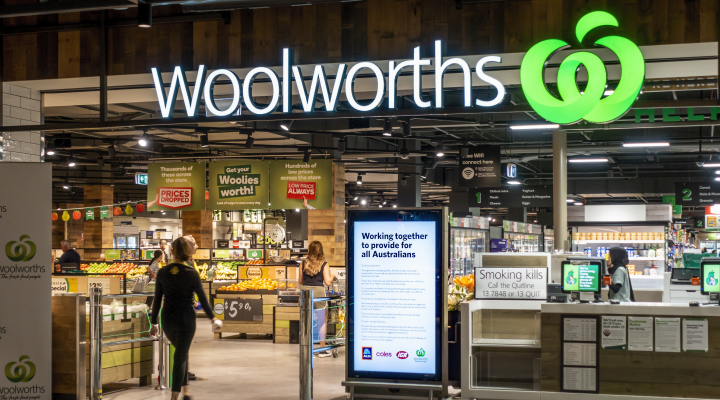Woolworths is making one of its boldest strategic plays in years, a $2.2 billion rebrand and continued rollout of its “Metro60” format, designed to redefine the supermarket experience through speed, digital integration, and localised convenience.
The move comes at a crucial juncture for the retail giant. With discretionary spending tightening, competition intensifying, and consumer loyalty eroding, Woolworths is under mounting pressure to restore growth and protect margins.
A Pivot Toward Speed and Convenience
At the heart of the rebrand is Metro60, a fast, urban convenience format that blends traditional grocery with rapid online fulfilment. The concept builds on Woolworths’ existing “Metro” stores but integrates digital-first experiences, data-driven product selection, and 60-minute delivery in major metropolitan areas.
CEO Amanda Bardwell said the strategy reflects a fundamental shift in consumer expectations.
“Customers want more immediacy and control — whether that’s a 60-minute delivery window or frictionless in-store experiences. Metro60 is designed to deliver both.”
The new stores will feature smaller footprints, streamlined layouts, and tighter product curation, focusing on fresh food, ready meals, and essentials.
The Digital Engine Behind the Brand
Metro60 isn’t just a retail format, it’s an AI-enhanced logistics network. Woolworths has invested heavily in automation, predictive analytics, and customer data to refine its micro-fulfilment operations.
The company’s in-house platform, Everyday Rewards+, will integrate with Metro60, offering hyper-personalised deals and push notifications based on individual buying habits.
“Our goal is to know what our customers want before they do,” said Bardwell. “That’s the level of predictive retail we’re moving toward.”
Competitive Pressure from All Sides
Woolworths’ rebrand comes as rivals intensify their own innovation efforts. Coles is expanding its “Local” concept with neighbourhood convenience formats, while Aldi continues to pressure on price. Amazon Fresh’s growing presence in Australian cities adds another layer of disruption.
Analysts say Metro60’s success will depend on execution.
“The model works in theory — but it’s capital intensive and operationally complex,” said retail analyst David Thomas. “Profitability hinges on scale, speed, and customer adoption. If Woolworths gets it wrong, it could squeeze margins further.”
Investors Watching Closely
Woolworths’ shares have underperformed the broader ASX 200 in recent months, reflecting investor concern over cost pressures and slowing volume growth. The company is betting that a modernised brand and tech-enabled efficiency will drive long-term margin recovery.
However, with consumer sentiment still subdued and households cutting back, analysts expect a slow ramp-up before any meaningful contribution to earnings.
“Metro60 might be the future of grocery retail — but it will take time, capital, and flawless execution to get there,” said Thomas.
The Bigger Picture: Reinventing Retail for the AI Age
Metro60 also signals a broader shift in Woolworths’ identity, from a traditional retailer to a data-driven consumer platform. The company’s venture arm, W23, continues to invest in logistics automation, sustainability tech, and AI-driven supply chain optimisation.
If successful, Metro60 could become the foundation for a national transformation, reshaping how Australians shop, and how Woolworths competes in an era where digital, data, and delivery converge.
The Investor Takeaway
For investors, Woolworths’ $2.2 billion rebrand is both a defensive and offensive move. It’s about holding ground in a low-growth environment while positioning for the next retail evolution.
Metro60 represents a high-stakes bet on consumer convenience, digital intelligence, and operational agility, the pillars that will likely define the winners of Australia’s next retail decade.


